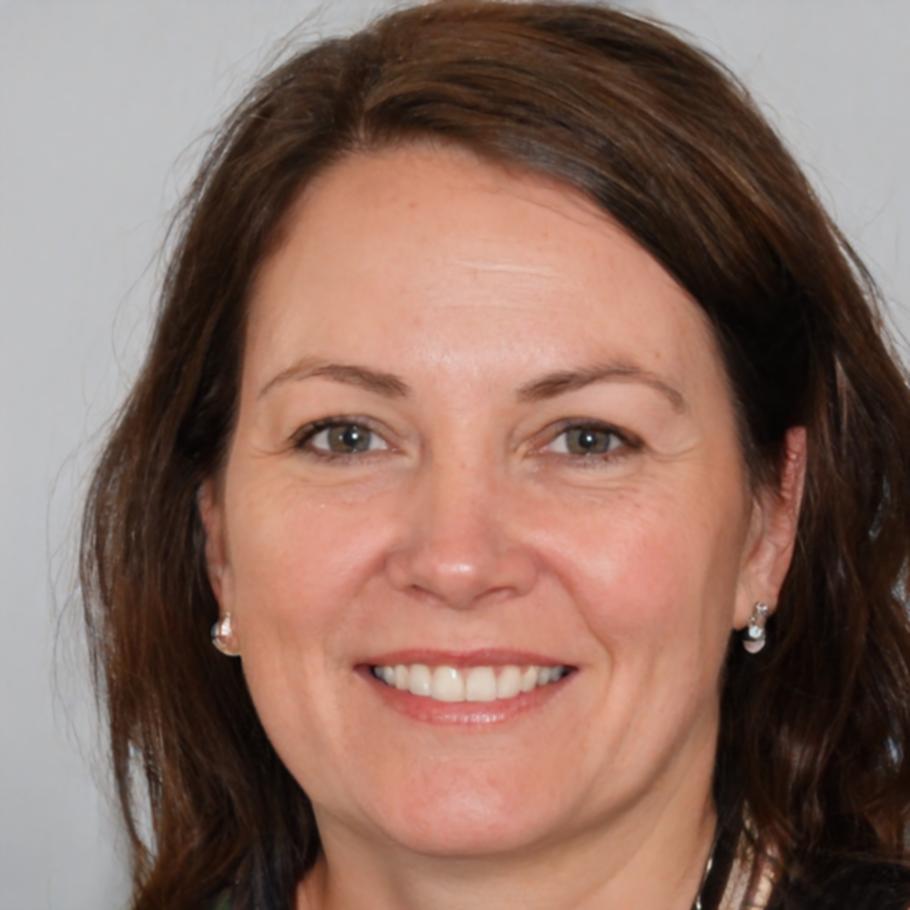Finance Skills That Actually Matter
Look, most finance courses throw equations at you without context. We do things differently. Our program focuses on building practical analysis skills you can use right away—reading financial statements, spotting trends, understanding what the numbers really tell you about a business.
We work with professionals who need to make informed decisions but maybe didn't study finance formally. Think business owners, department heads, startup founders. People who need to understand their financials without becoming accountants.
Our next cohort starts September 2025, with sessions running through early 2026. Small groups, real case studies from Australian businesses, and instructors who've actually worked in financial analysis—not just taught it.
What You'll Actually Learn
Reading Financial Statements
Balance sheets, income statements, cash flow—we break down what each number means and how they connect. You'll learn to spot red flags and healthy trends without getting lost in accounting jargon.
Ratio Analysis Made Simple
Liquidity, profitability, efficiency ratios—these sound intimidating but they're just tools. We show you which ones matter for your specific situation and how to interpret them in real business contexts.
Cash Flow Management
Profit doesn't mean cash in the bank. This module covers forecasting, managing working capital, and understanding the timing of money movement—crucial stuff that trips up even successful businesses.
Investment Evaluation
Whether you're considering new equipment, expansion, or partnerships, you need to evaluate returns. We cover NPV, payback periods, and risk assessment in practical terms.
Budget Development
Building budgets that actually help you manage your business. Not rigid spreadsheets you ignore, but flexible frameworks that guide decisions and adapt when reality shifts.
Decision-Making Frameworks
Financial analysis exists to support better decisions. We tie everything together—using data to evaluate options, assess risk, and choose the path that makes sense for your goals.

Meet Your Lead Instructor
Tamsin Veldhuizen spent twelve years as a financial analyst for mid-sized manufacturing firms before switching to education. She knows what it's like to present financial data to people who just want clear answers, not accounting theory.
She designed this program after noticing how many business leaders struggled with basic financial concepts—not because they couldn't learn, but because most resources were either too academic or too superficial.
Her teaching style is straightforward. She uses real examples from businesses she's worked with (anonymized, of course) and focuses on the questions you'd actually ask about your own finances.
Quick Wins You Can Start Today
Check Your Current Ratio Monthly
Divide current assets by current liabilities. If it's below 1, you might struggle to pay short-term obligations. Above 2 usually means you're in good shape, though context matters.
Track Days Sales Outstanding
If your DSO is creeping up, customers are taking longer to pay. Calculate it by dividing accounts receivable by average daily sales. Catching this early prevents cash crunches.
Review Gross Margin Trends
Your gross margin percentage should stay relatively stable unless you've changed pricing or costs significantly. A declining trend often signals problems before they hit the bottom line.
Separate Fixed from Variable Costs
Know which expenses stay constant and which change with sales volume. This distinction is critical for forecasting and understanding your break-even point.

